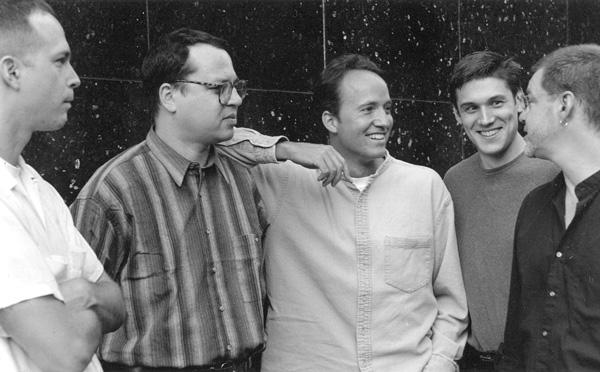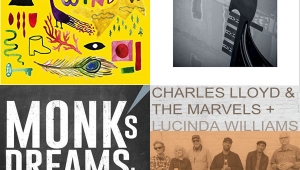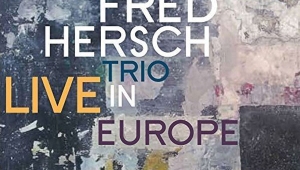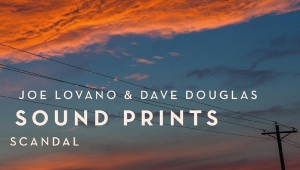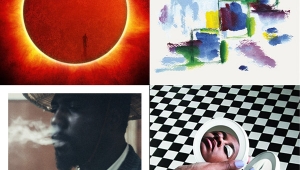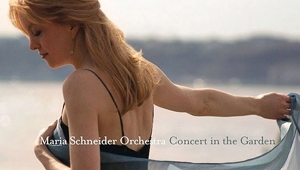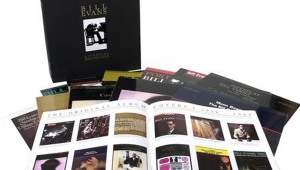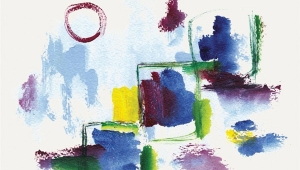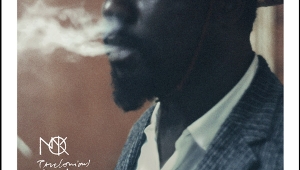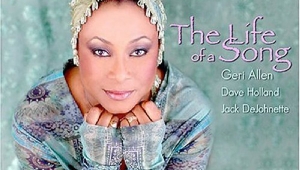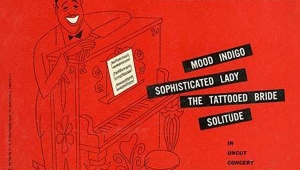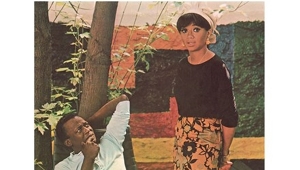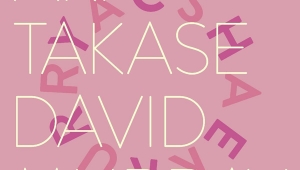| Columns Retired Columns & Blogs |
Caught Frank Kimbrough's fine quartet at Jazz Standard last night. What an excellent gig! The small but intense crowd braved the weather to enjoy the performances of Lewish Nash, Jay Anderson, Steve WIlson and KImbrough, who was in heaven. His compostions are laced with touches of Monk and Jarrett and the collective group expression was simply superb. A great night of music.
